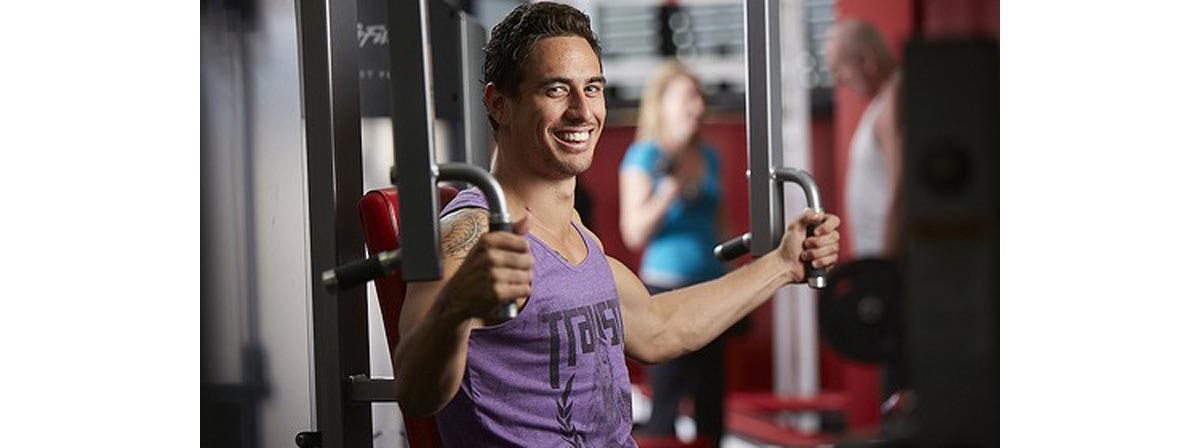Table of Contents
You want to get in the best shape possible, so it’s only natural that you look for every conceivable way to monitor your athletic performance to ensure progression from one workout to the next.

When it comes to cardio, the machines and devices you can get to measure a multitude of factors can be absolutely invaluable. You only have to look at the number of runners on treadmills at the gym paying close attention to the little displays in front of them, or cyclists out on the road who keep tabs on their heart rate by way of a heart rate monitor strapped across their chest.
It makes sense that by meticulously analyzing your workout performance, you can see where you’re excelling, where you need to improve, and how you can get better. And who wouldn’t want that? After all, if you’re working harder, running further, cycling faster, or even just putting in more work on the elliptical or stairmaster, chances are you’ll be getting a better workout, increasing your fitness levels rapidly, and burning more calories to promote faster weight loss. End result equals you looking awesome.
But what if all these gadgets, gizmos and machines aren’t really telling you the truth about your performance at the gym? It could just be that you’re not actually training as hard as you think.
When you hop on an exercise machine at the gym, you generally only have to enter a few basic details to get the machine to display the stats you're looking for. You will put in your weight, and possibly your age and gender, but that’s about it. With just these few pieces of information, the machine suddenly updates you every few seconds with how many calories you’re burning.
And that’s the main issue – this lack of information means a machine can only do so much, and relies on averages and guesswork rather than personalized data that can be 100 percent accurate.
Even if your machine has handles with sensors to monitor your heart rate, this only increases the accuracy a little.
In reality, the calorie burning process is far more complicated than a simple calculation that includes just your weight, speed and intensity. In fact, calorie estimations on exercise machines can be up to around 20 percent different to your actual calorie burn, when monitored with high quality, athletic-standard equipment. Therefore, if you think your treadmill run has burned 500 calories, it might have actually only burned 400. Suddenly you don’t feel quite so guilt-free as you are eating your post-workout protein bar — or that slice of cake.
As technology advances, exercise machines will get more accurate with their calorie burn estimations, but it’s still recommended not to put too much proverbial weight on the readings these machines give. You know if you’re working hard or not, and that’s the key.
Calorie burn is the thing you’re most interested in no doubt, but what about distance?
For those training for sport, athletic performance or races, distance is pretty important too. The good news is that distance readings on machines are pretty accurate. The belt on a treadmill or elliptical can stretch a little over time, but on the whole, a mile on the treadmill will be almost exactly the same as a mile outdoors — and the distance is much easier to calculate, too.
- "How Accurate Are Exercise Machines?"
- By Linsey Davis
- Published on February 21, 2013
- Accessed on May 9th, 2013
- Retrieved from http://abcnews.go.com/Health/accuracy-exercise-machines/story?id=18559149#.UZIaRyuDQXw
- Photo courtesy of Brisbane City Council by Flickr : www.flickr.com/photos/brisbanecitycouncil/7445929524/
- Photo courtesy of Crowne Plaza Antwerpen photos by Picasa : picasaweb.google.com/lh/view?q=fitness+center&uname=109008901828086469253&psc=G&filter=1#5673109223890837442


Your thoughts on this